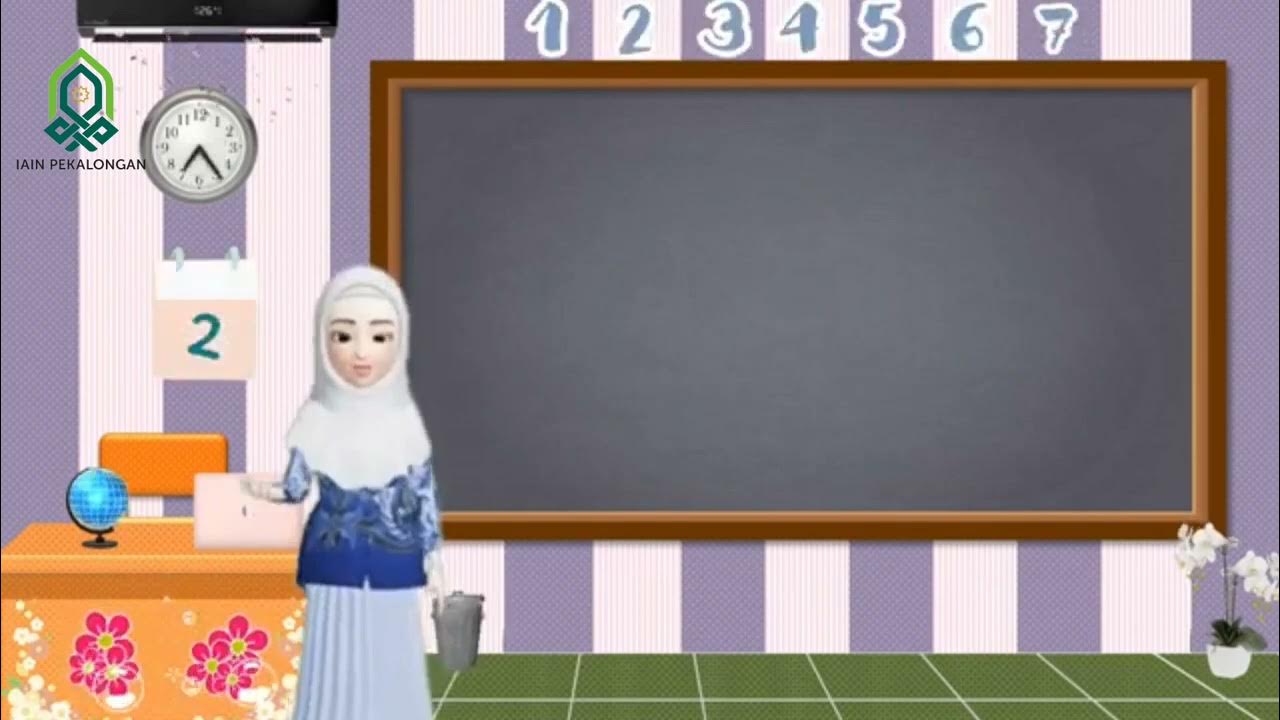Ruwatan-XI IPS 1-SMAN 1 BLITAR 2022
Summary
TLDRThe video script discusses the Javanese ceremonial tradition of 'Ruwatan Purwokolo,' a ritual performed to cleanse individuals, particularly children, believed to be cursed or unlucky. The script highlights different types of Ruwatan ceremonies, such as personal, environmental, and regional, all aimed at averting misfortune. It also details the necessary offerings and steps involved in the ritual, including symbolic foods, sacred plants, and the role of wayang (puppet) performances. The ritual is deeply rooted in Javanese culture and emphasizes spiritual purification to remove negative energies and prevent disasters.
Takeaways
- 🙏 The ceremony discussed is called **Ruwatan Purwokolo**, an ancient Javanese ritual to cleanse individuals considered cursed or unlucky (sukerta).
- 👶 Examples of individuals considered sukerta include children born as an only child (ontang-anting) or twins (kendono-kendini), among others.
- 🎭 The origin of the **Ruwatan** ceremony is rooted in **Wayang Purwa**, a traditional Javanese shadow puppet play, with the story of **Purwokolo** being central.
- 🚨 **Purwokolo** means 'beginning of disaster,' as the ceremony aims to prevent potential calamities caused by these cursed individuals.
- 🎯 The primary goal of Ruwatan is to remove misfortune or bad luck from the individual, family, or village, protecting them from potential disasters.
- 🔍 There are three types of **Ruwatan**: for individuals, for homes, and for regions, each with different methods of execution and spiritual goals.
- 🎶 The ceremony includes a traditional Javanese orchestra (gamelan) and a Wayang performance based on the Purwokolo story.
- 🕯️ Specific offerings and items are required for the ritual, including plants like ripe banana and coconut, various flowers, and ritual items like incense and a white cloth.
- 🍽️ Various traditional foods such as **Sego Golong**, **Pecel Pitik**, and **Jajanan Pasar** are essential for the offerings during the ritual.
- 🕊️ The final part of the ceremony includes offerings like chicken blood, coconut, and symbolic items being cast into a river or ocean as part of the cleansing process.
Q & A
What is the main topic of the video script?
-The main topic of the video script is a discussion about the Javanese traditional ceremony called 'Ruwatan Purwokolo,' which is performed to cleanse individuals or areas from misfortune or bad omens.
What is the meaning of 'Ruwatan' in the Javanese context?
-'Ruwatan' is a Javanese ceremonial ritual performed to remove bad luck or misfortune from people considered 'sukerta,' such as children born in specific ways or those thought to attract bad energy.
What is the origin of the Ruwatan ceremony?
-The Ruwatan ceremony originates from the Javanese Wayang Purwa tradition, specifically the story of Purwokolo or Purwakalo, which describes the origin of disasters.
What are the three types of Ruwatan mentioned in the script?
-The three types of Ruwatan mentioned are: Ruwatan for individuals, Ruwatan for the environment, and Ruwatan for regions, each aimed at removing different kinds of misfortunes.
What is the purpose of the Ruwatan ceremony?
-The purpose of the Ruwatan ceremony is to eliminate bad omens or negative influences that could bring disaster to people, objects, or villages, and to ensure protection from such misfortunes.
What instruments and elements are involved in the Ruwatan ceremony?
-Instruments used in the Ruwatan ceremony include the Javanese gamelan, Wayang Kulit, and various symbolic objects like kelir (screen), kain mori (white cloth), flowers, and sacred items like offerings of rice, incense, and coconut.
What is the significance of offerings like flowers and rice in the Ruwatan ceremony?
-The offerings of flowers, rice, and other items in the Ruwatan ceremony symbolize purity and are used to cleanse the participants or the area from negative energies and bring blessings.
How is the hair of the person being purified treated during the ceremony?
-The hair of the person being purified is cut during the Ruwatan ceremony and then cast away along with the offerings, symbolizing the removal of misfortune.
What are some traditional foods mentioned in the Ruwatan ceremony?
-Some traditional foods mentioned include 'sego golong,' 'pindang keluweh,' 'pecel pitik,' and various types of porridge or 'jenang' such as jenang merah, jenang putih, and colorful rice cakes.
What alternative is provided for families unable to afford a full Ruwatan ceremony?
-For families who cannot afford to host a full Ruwatan ceremony with gamelan and Wayang Kulit performances, they are still able to invite a dalang (puppet master) to conduct the ritual without the additional elements.
Outlines

Cette section est réservée aux utilisateurs payants. Améliorez votre compte pour accéder à cette section.
Améliorer maintenantMindmap

Cette section est réservée aux utilisateurs payants. Améliorez votre compte pour accéder à cette section.
Améliorer maintenantKeywords

Cette section est réservée aux utilisateurs payants. Améliorez votre compte pour accéder à cette section.
Améliorer maintenantHighlights

Cette section est réservée aux utilisateurs payants. Améliorez votre compte pour accéder à cette section.
Améliorer maintenantTranscripts

Cette section est réservée aux utilisateurs payants. Améliorez votre compte pour accéder à cette section.
Améliorer maintenant5.0 / 5 (0 votes)






